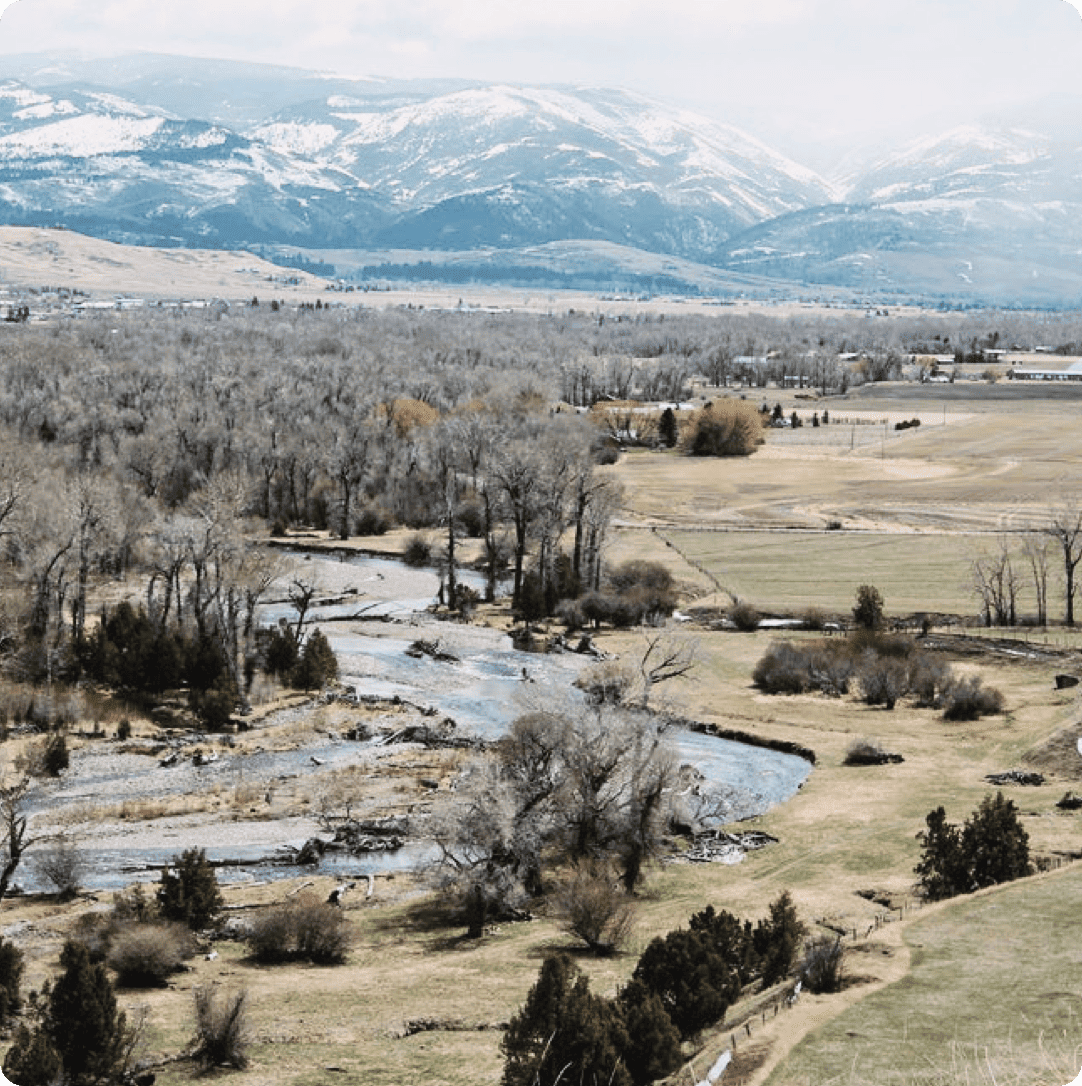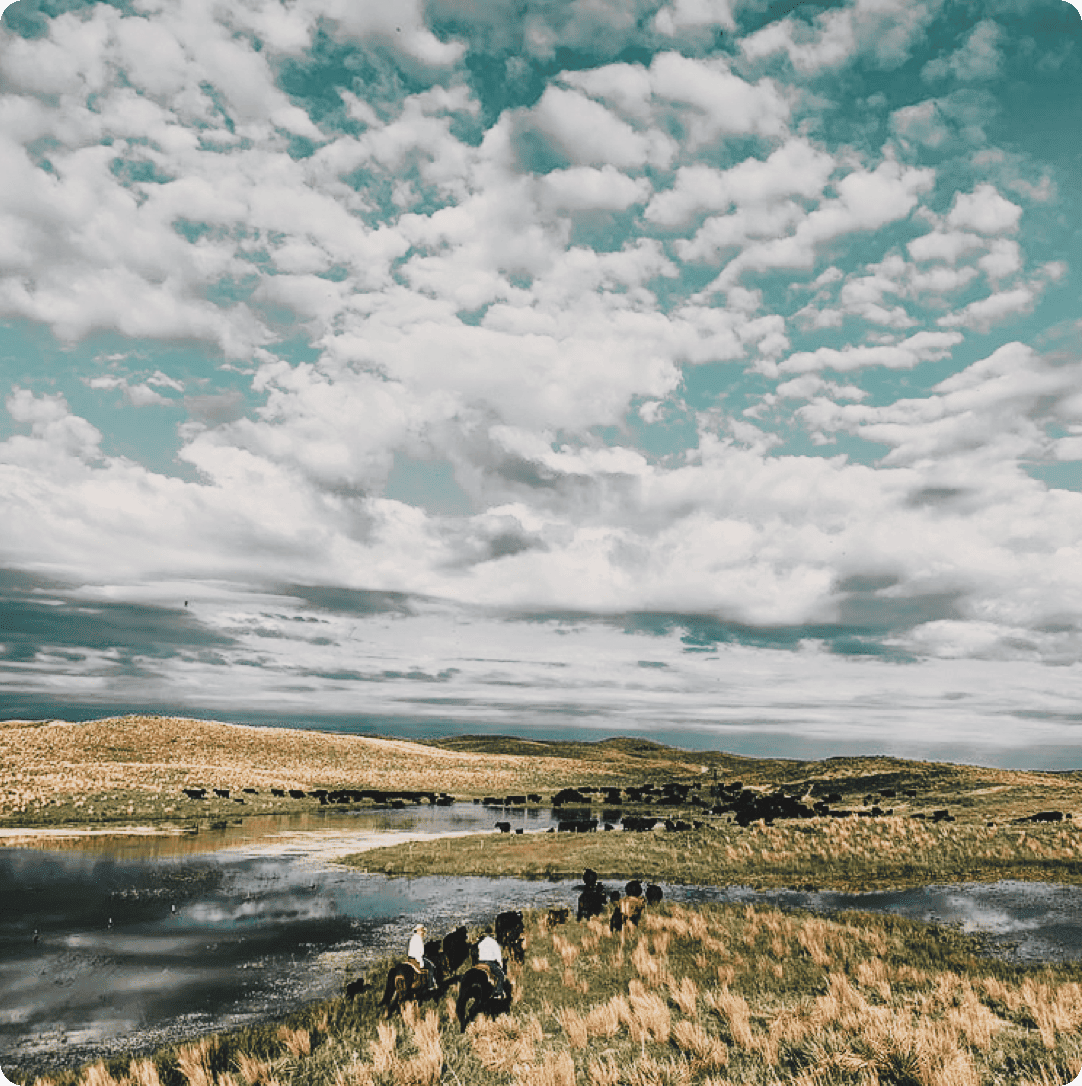Book your next Iowa Whitetail hunt with LandTrust, the best way to hunt private land.
Find your next Iowa Whitetail hunt by Zone.
Zone 4
This expansive zone is located in the south-central region of the state and is known for producing some of the biggest bucks and the highest number of tags available. Adjacent to the renowned Zone 5, this area features impressive genetics, with many record book bucks harvested here. The landscape mainly consists of privately owned agricultural fields, dotted with large stands of mature hardwoods, as well as numerous creeks, rivers, reservoirs, and wetlands. Whitetail populations are abundant in this unit, offering hunters with a tag the opportunity for outstanding hunting experiences.
Zone 5
This extensive zone is situated in the south-central region of the state and is renowned for its impressive bucks and high number of available tags. The landscape is primarily made up of privately owned agricultural fields, interspersed with large stands of mature hardwoods, alongside numerous creeks, rivers, reservoirs, and wetlands. The area's genetics are excellent, enhancing the potential for exceptional trophy bucks. In recent years, this zone has consistently generated more Boone & Crockett entries than any other in the state. While record book entries have come from nearly every county, the western half of the zone has consistently been a top producer.
Zone 6
This zone is located in the far southeast corner of the state, bordering both Missouri and Illinois. It supports a robust deer population with high densities throughout the area. Similar to other zones, private lands here typically offer the best hunting opportunities and the highest chances of harvesting a quality buck. The landscape is characterized by agricultural fields owned privately, along with expansive stands of mature hardwoods and various creeks, rivers, reservoirs, and wetlands. The area's genetics are exceptional, enhancing the likelihood of encountering outstanding bucks. Notable counties for record book entries include Des Moines, Henry, Jefferson, Lee, Louisa, Van Buren, Wapello, and Washington.
Zone 7
This extensive unit is situated in the east-central region of the state and boasts a robust deer population. The landscape is predominantly made up of privately owned agricultural fields, mixed with large stands of mature hardwoods, along with a variety of creeks, rivers, reservoirs, and wetlands. In recent years, this zone has consistently yielded more B&C entries than nearly any other area in the state. Notably, some of the top-producing counties include Iowa, Jasper, Johnson, Jones, Keokuk, Linn, Louisa, Marion, Muscatine, and Polk.
Zone 9
This zone is situated in the northeastern part of the state, bordering Wisconsin and Minnesota. It boasts healthy deer populations and impressive genetics, making it a prime location for hunters willing to invest time and effort in their pursuit. As with many regions, the area is predominantly made up of private lands featuring agricultural fields, hardwood forests, and creek or river valleys. Notable counties for hunting success in this zone include Allamakee, Chickasaw, Clayton, Dubuque, Fayette, and Winneshiek.
Zone 10
This compact zone is located in the north-central part of the state, adjacent to the Minnesota border. The landscape features the region's typical terrain, including agricultural fields, wooded areas, creeks, ponds, and rivers. Exploring options for private land access or working with outfitters can significantly enhance your chances of success and help you locate a quality buck.
Discover More
- Iowa Whitetail Zone 3
- Iowa Whitetail Zone 4
- Iowa Whitetail Zone 5
- Iowa Whitetail Zone 6
- Iowa Whitetail Zone 7
- Iowa Whitetail Zone 8
- Iowa Whitetail Zone 10
- Iowa Whitetail Zone 6 (Nonresident)
- Iowa Whitetail Zone Zone 5
- Iowa Whitetail Zone 3 (Deer)
- Iowa Whitetail Zone 4 (Nonresident)
- Iowa Whitetail Zone 5 (Turkey)
- Iowa Whitetail Zone South (Duck)
- Iowa Whitetail Zone 9

